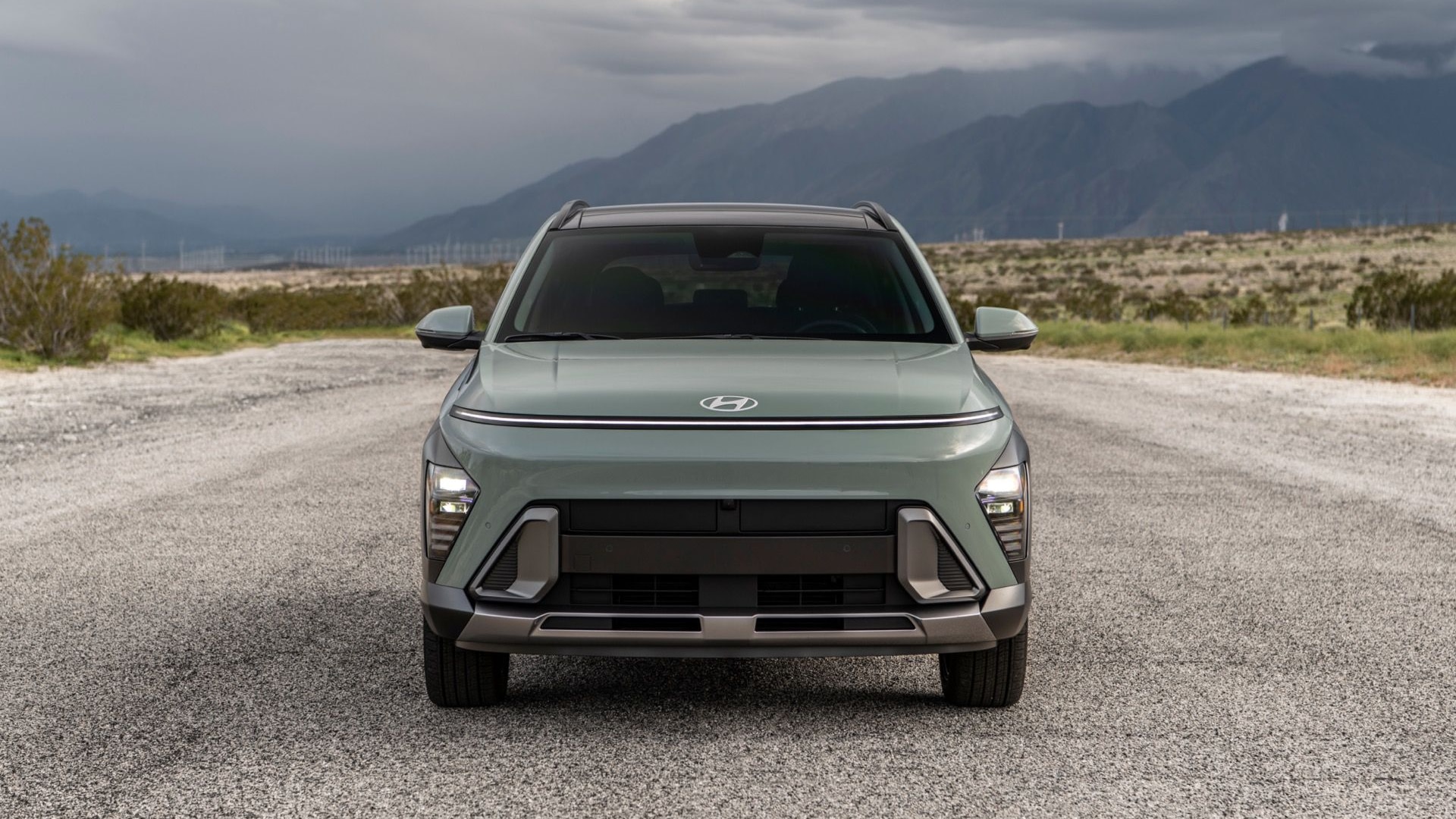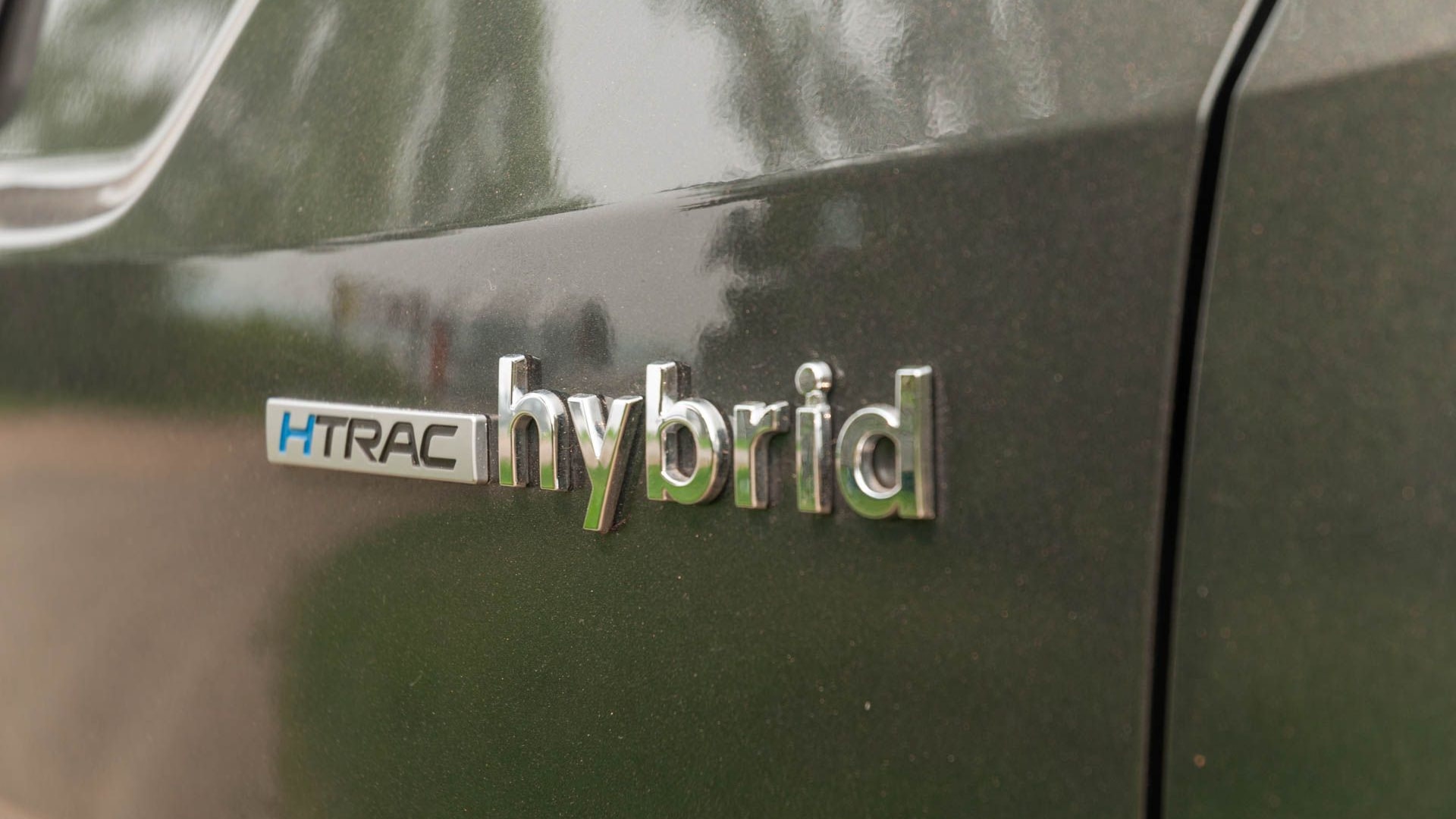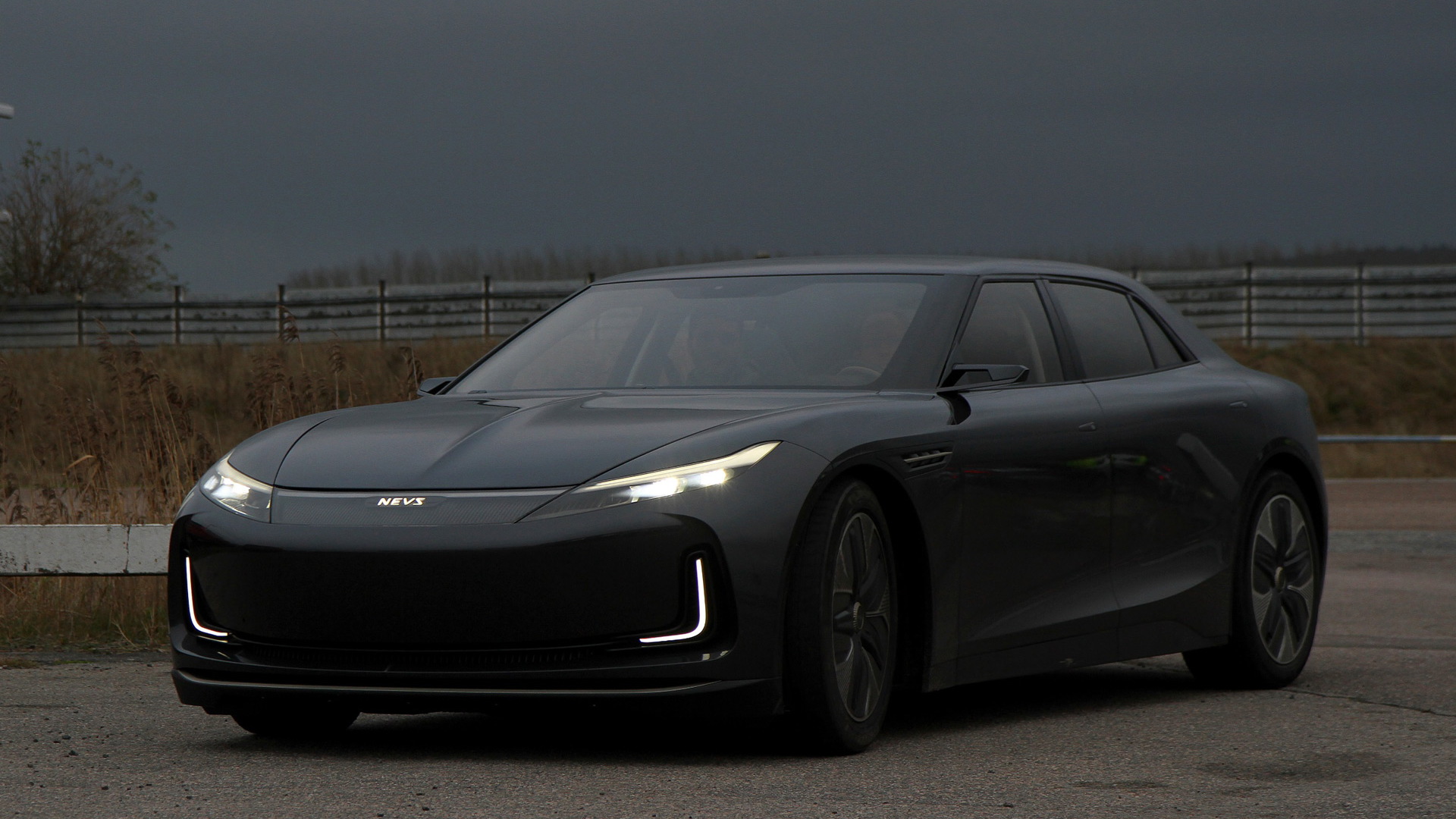Plug-in hybrids with twice as much range are about to become the hot new thing. You can thank the California government and automakers’ lobbying efforts, in part, for delaying the all-electric transition.
In interviews at the 2024 New York auto show, two executives familiar with their brands’ future products independently told Green Car Reports the magic number for plug-in hybrids: 70 miles.
That’s not a chance alignment of targets. It plays right into the latest California rules laid out by CARB—effectively counting PHEVs with 70 miles of range the same as EVs in automakers’ annual ZEV sales requirement.
Here’s how and why, according to these two executives.
Nissan production for prototype solid-state cells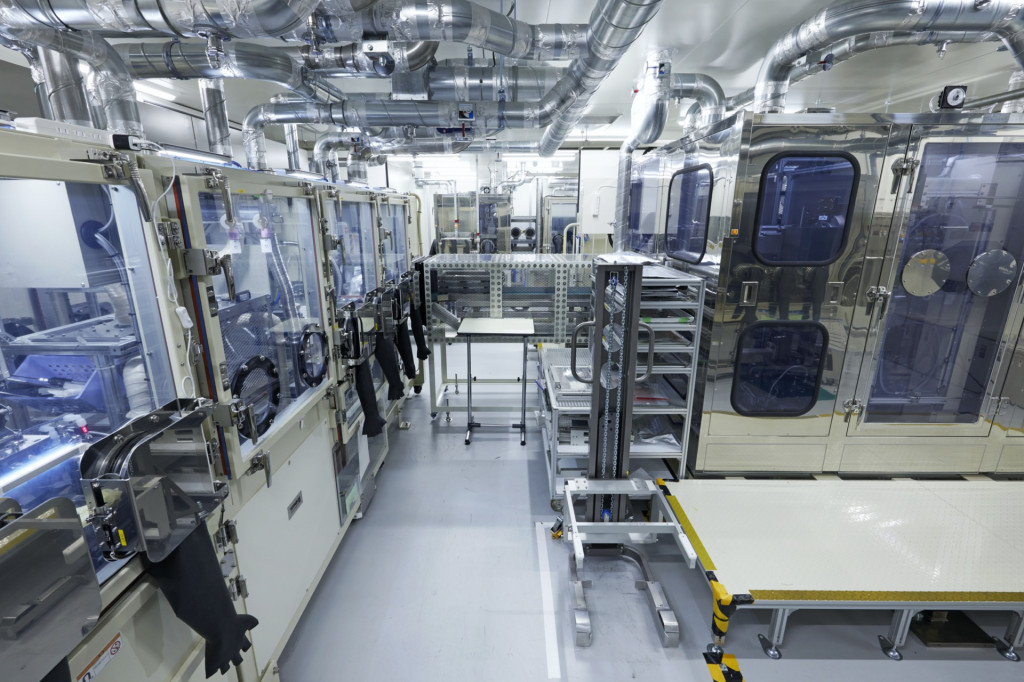
Next-gen batteries for plug-in hybrids
To get today’s 32 to 38 miles of electric range, plug-in hybrids are typically carrying 19- to 22-kwh battery packs. Increasing the electric range for a plug-in hybrid to 70 miles is going to require a jump to a 30- to 40-kwh pack for larger SUVs especially.
That’s extra space and weight a vehicle must carry around at all times, even when discharged. This is why today’s plug-in hybrids lack truly meaningful range, according to Nissan North America’s Senior Vice President and Chief Planning Officer, Ponz Pandikuthira. “This is exactly why we haven’t been able to put that (plug-in hybrids with meaningful range) out there, because the basic physics argument is we’re carrying ballast in this vehicle that’s not being charged,” Pandikuthira said.
But with next-generation batteries, automakers could do better. Nissan’s already building a factory in Japan to potentially bring that more energy-dense tech to production by 2028. Solid-state batteries could be smaller and lighter for the same range, or they could deliver far more range given the same size and weight. They might also be easier and cheaper to package because of reduced cooling needs.
Kia America’s Chief Operating Officer and Executive Vice President, Steven Center, also noted that next-gen batteries with a different chemistry or technology will bring down the size and weight. “You’re going to have more power and more range,” he said.
Meanwhile, resource management looms on the minds of executives, and Center mentioned that a plug-in hybrid’s battery size is about a fifth of what might be used in an electric vehicle. In terms of costs, critical minerals, and all the things that go into making a battery pack that goes into a vehicle.

2025 Kia Sorento plug-in hybrid
Plug-in hybrids don’t compromise?
Nissan’s Pandikuthira noted that customers for its midsize Frontier pickup truck don’t want an electric vehicle, but they do want a plug-in hybrid. He noted the moment you do a plug-in hybrid you don’t compromise towing and you won’t lose 20-35% of your range in extreme cold or warm temperatures.
To meet near-future regulatory requirements for C02, everything will need to be a hybrid. That might include the Kia Telluride, which closely aligns in size and shape with the Kia EV9 electric SUV.
Plug-in hybrids are a “good bridge for people between ICE, hybrids, and EVs,” Kia’s Center said, pointing to the upcoming CARB rules and how that will play into EV credits as “appealing.”
2023 Kia Niro plug-in hybrid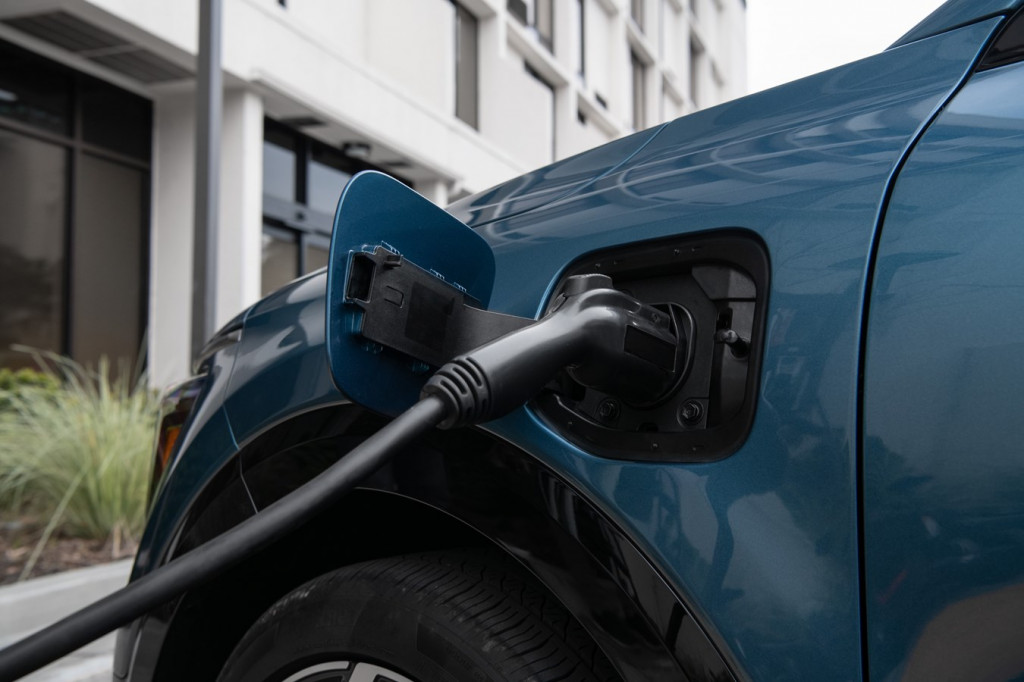
With more range, plug-in hybrids are gateways to EVs
The 70-mile electric-only figure all but mandated by California wouldn’t be under some “freak set of conditions,” Pandikuthira noted, but what consumers see at the low end. In reality most people should be able to get 80 to 85 miles of range for 90% of the demographics that buy a plug-in hybrid, he said, calling it “no compromise whatsoever.”
Recent data again suggests that plug-in hybrid drivers aren’t plugging in, resulting in much higher levels of tailpipe pollution than regulations assume, essentially allowing automakers a pass on federal tailpipe pollution rules. Pandikuthira thinks that will change when PHEVs get to 70 miles.
“Without that (more range) I think the car doesn’t have the functionality that customers need,” Pandikuthira said, in what sounds like Nissan intends to start its PHEVs at 70 miles.
“The customer needs to get used to plugging in," Pandikuthira said. "They get used to identifying where the charge points are, so that the next generation of vehicle is a full EV. The inertia is so much lower. People are like, I barely fill my car, I’m ready for an EV. That’s a natural transition.”
“You can see the future is going to be different strokes for different folks, but it’s all going to be electrified,” Center said.

